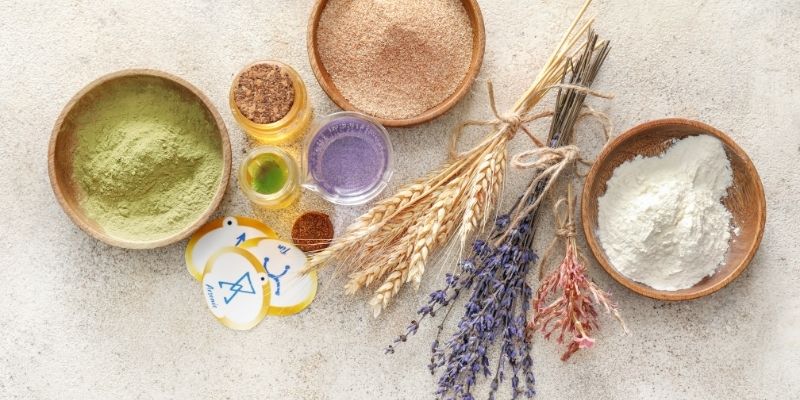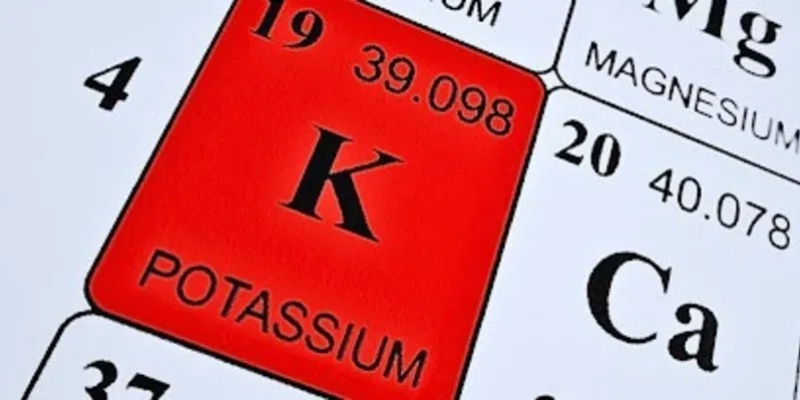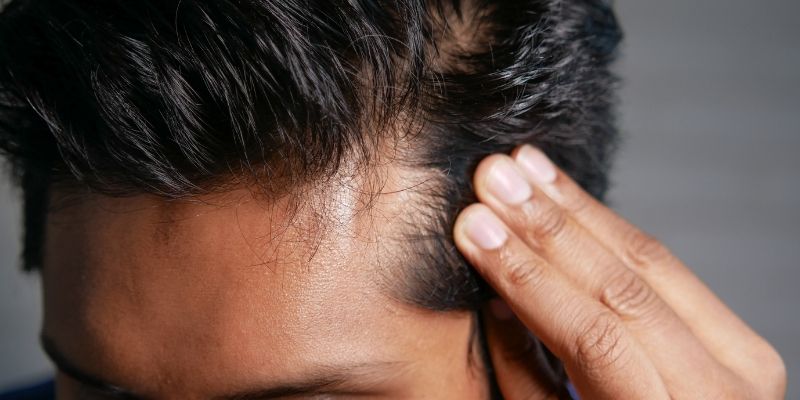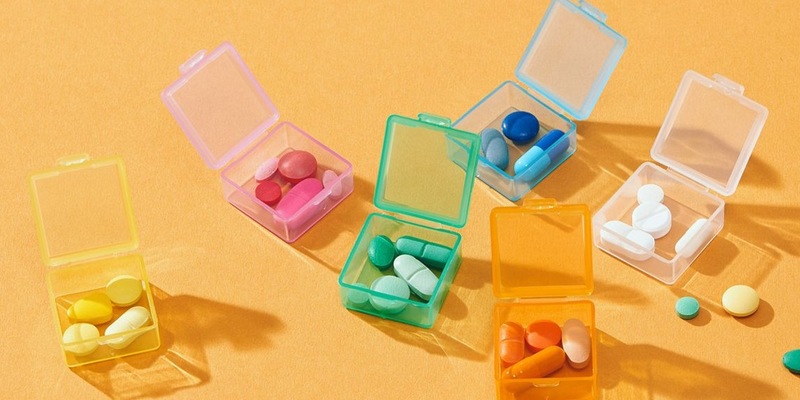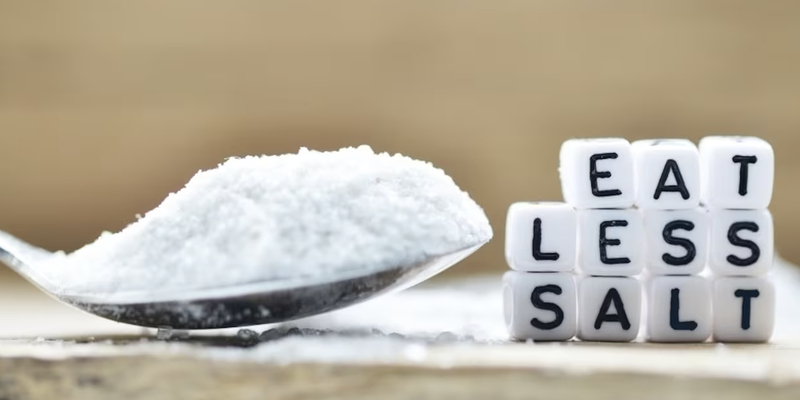Many individuals use makeup every day to feel more confident and put together. However, some cosmetics contain dangerous chemicals and compounds that may affect your skin and health. The extensive beauty business provides many ways to improve our look, but it often contains hazardous substances. This begs the question: is our daily makeup safe? This page discusses hazardous cosmetics, its dangers, and which components to avoid. We will also discuss healthier alternatives to dangerous cosmetics products and how to make better skin and health decisions.

What Is Toxic Makeup?
Cosmetics with toxic chemicals are called poisonous cosmetics. Harsh chemicals, preservatives, artificial perfumes, and heavy metals may harm the skin and body. Some of these substances are allowed in specific amounts, but extended or regular contact may cause discomfort, allergic responses, hormone disruption, and more severe health consequences.
The phrase "toxic makeup" doesn't indicate that the product will hurt you after one usage but that some chemicals may build in your body or interact poorly with your skin. Since some individuals wear makeup daily, cumulative exposure to these poisons may be high.
What Harm Can Toxic Makeup Do?
The damage caused by hazardous cosmetics depends on skin sensitivity, components, and usage frequency. Here are some of the primary health effects of dangerous makeup:
- Makeup ingredients, including artificial perfumes and preservatives, may cause skin irritation, redness, itching, and allergic responses. These effects might worsen for sensitive skin.
- Hormone disruption: Endocrine disruptors in cosmetics may affect hormones. Parabens and phthalates may cause hormonal abnormalities, which can harm younger people.
- Some powders and sprays might cause respiratory difficulties if breathed. For instance, talc may include asbestos. Long-term exposure to such particles might damage the lungs.
- Studies have connected formaldehyde-releasing preservatives and heavy metals like lead to cancer. Generally based on long-term exposure, these studies raise genuine concerns about these substances' hazards.
- Toxic substances may also prematurely age skin. Preservatives, alcohol, and abrasive chemicals may cause dryness, fine wrinkles, and a dull complexion, causing accelerated aging.
- Environmental Impact: Toxic materials harm the environment and human health. Washing microplastics and synthetic chemicals down the drain may affect ecosystems, especially water systems.
8 Ingredients to Avoid and Why
It's essential to check cosmetics components to guarantee skin and health safety. Some elements to watch:
- Parabens, often used in cosmetics to inhibit bacterial development, may alter the endocrine system by mimicking estrogen. Breast cancer and reproductive disorders are connected to parabens. Many cleaner beauty companies avoid them in their compositions.
- Phthalates, often used in cosmetics for flexibility and durability, are endocrine disruptors. Phthalates are best avoided in cosmetics since they may cause infertility, developmental disorders, and hormone abnormalities.
- Preservatives and ingredients emit formaldehyde over time, including DMDM hydantoin, imidazolidinyl urea, and quaternion-15. Long-term exposure to formaldehyde may cause allergic responses, lung troubles, and skin problems.
- Talc is widely used in powders to absorb moisture and avoid caking. Occasionally, asbestos, a carcinogen, is detected in it. Even asbestos-free talc may cause lung problems if breathed.
- Products like lipsticks and eyeliners may contain lead and heavy elements like cadmium and arsenic.
- Synthetic perfumes may include hundreds of chemicals, which may cause discomfort, allergic responses, or long-term health consequences. Fragrance-free or naturally scented items are safer since labels don't usually include fragrance compounds.
- This antibacterial ingredient, triclosan, is often found in soaps and cosmetics products. Triclosan disrupts thyroid hormones and causes antibiotic resistance.
- Polyethylene Glycol (PEGs): Used in cosmetics as thickeners, emulsifiers, and solvents, PEGs may include carcinogenic contaminants such as ethylene oxide and 1,4-dioxane. Low-level PEGs are safe, but avoiding high-concentration products reduces exposure.
Choosing products without these dangerous substances might help you stay healthy while looking good. Choosing cleaner, more transparent products is a simple way to improve skin and health.
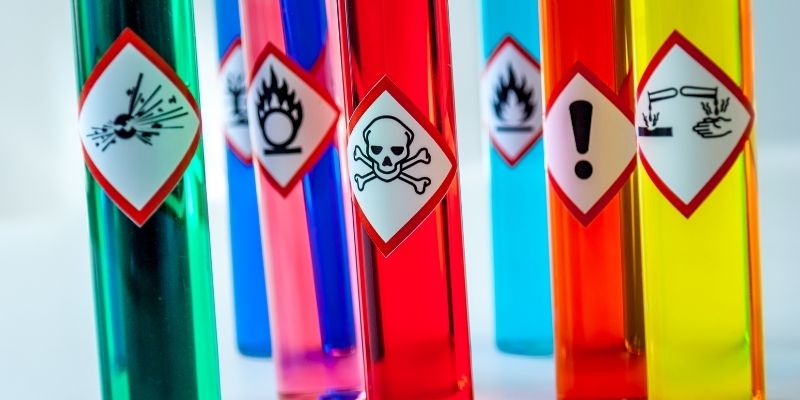
Alternatives to toxic makeup
Luckily, several non-toxic cosmetic options help you look your best. Here are safer options:
- Look for organic or natural makeup. Organic cosmetics contain plant-based, synthetic-free components.
- Mineral makeup uses finely crushed natural minerals like zinc oxide and titanium dioxide. The lack of harsh ingredients makes it safe for delicate skin.
- Choose fragrance-free items to avoid synthetic smells, which frequently contain hidden toxins.
- To avoid endocrine disruptors, seek several companies' paraben- and phthalate-free formulas.
- Choose companies with sustainable, recyclable, or biodegradable packaging for your health and the environment.
- Cruelty-Free Goods: To make ethical and safe goods, cruelty-free brands are more upfront about their components and manufacturing procedures.
- DIY Makeup Alternatives: Homemade makeup may be made using cocoa powder, beetroot powder, and arrowroot for color and texture.
- High-Quality Mineral Sunscreens: Zinc oxide or titanium dioxide sunscreens are excellent for sensitive skin and give natural, broad-spectrum sun protection without chemicals.
Toxic Makeup Avoidance Tips:
You can navigate cosmetics without being overwhelmed. Practical strategies to prevent hazardous cosmetics and make better choices:
- Carefully Read Labels Read product labels and learn about dangerous substances. Searching for unknown phrases might reveal dangerous substances buried behind intricate chemical names.
- Trusted products: Find and support products that disclose ingredients and production procedures. Many clean beauty companies use non-toxic chemicals.
- Choose Simple Ingredient Lists: Products with fewer ingredients are less likely to contain hidden hazards. Choose natural, identifiable items.
- Look for Certifications: "USDA Organic," "EWG Verified," "Certified Cruelty-Free," and "Non-GMO" indicate safer, cleaner goods. Never trust certificates alonecheck ingredients, too.
- Avoid Fragrance: Labels that say "fragrance" or "parfum" typically include many substances. Choose fragrance-free products wherever feasible, particularly for sensitive skin.
- Be careful with waterproof and long-lasting products: Durable and waterproof compositions need additional ingredients. Consider using these items sparingly or switching to softer ones daily.
- Try a patch test before putting a new product on your face to check for irritation. This is crucial for delicate or allergy-prone skin.
- Consult Resources: The Environmental Working Group (EWG) and Think Dirty can assist you in choosing products based on safety ratings.
Conclusion
Chemical cosmetics may not hurt instantly, but continuous usage might increase dangers. Makeup ingredients may cause skin irritation, hormone imbalance, and cancer. By understanding cosmetic chemicals, you can preserve your skin and health while enjoying makeup. Try organic or mineral-based products and avoid hazardous substances to maintain a healthy skincare regimen. Clean beauty is caring for your skin with safe, effective products and supporting your entire health with your beauty regimen. Prioritizing your health lets you enjoy cosmetics while benefiting you and the environment.



